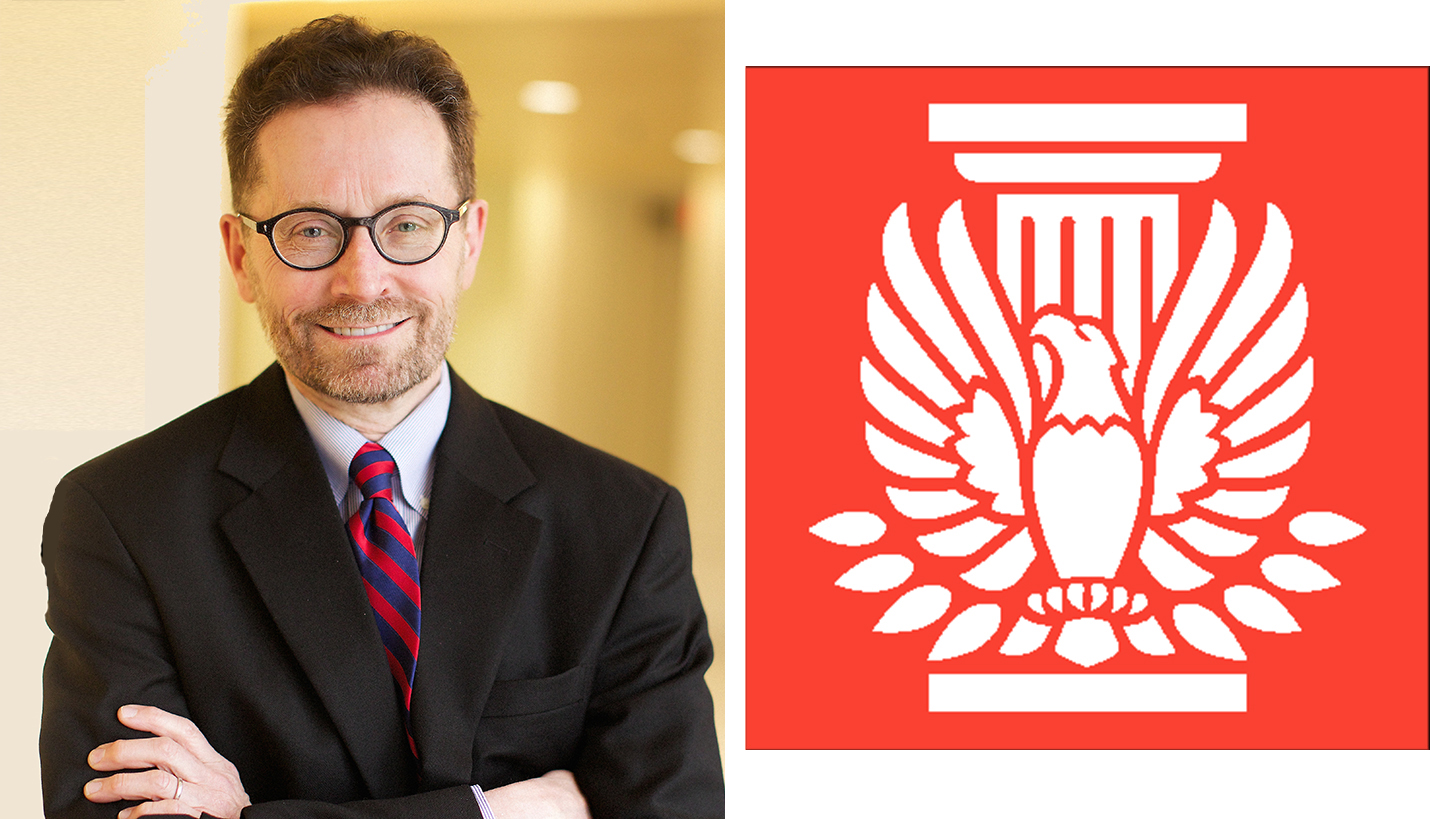

Live or Die: Overcoming the Architecture Industry’s Biggest Challenge
Complacency is the greatest challenge to the architecture profession. Our work, regardless of the scale of the practice, is exceptionally demanding, and it’s difficult to focus beyond the work at hand.
We need a strong American Institute of Architects (AIA) keeping watch on the professional rear view mirror as well as on what’s in the lane ahead of us, and then providing analysis and tools to help architects course correct our practices. Virtual reality, augmented reality, the Internet of Things, etc. could be useful new tools in our tool boxes or could be claimed by those who would usurp some or all of what the architect does.
Farther ahead on the horizon are the quantity surveyors from across the pond who have set up a U.S. beachhead and plan to convince property owners that they should manage the overall project delivery process. We shouldn’t regard any traditional notion of architectural practice as sacred and unassailable.
Zipping by in the passing lane are real estate brokerage and project management consulting firms who have created service markets standing between us and our clients. Design-build and other contractor or developer-led delivery models have leapfrogged us, and most treat architecture as a commodity product rather than a service with wide-ranging potential. Then there’s the endless agonizing over the interior design industry’s seeking to mark its territory in an exclusionary manner.
Internally, the biggest challenge to our profession is a complacent attitude on sexual harassment and equity-diversity-inclusivity (EDI) efforts. Default “business as usual” practices which are insensitive to positive EDI measures will increasingly result in any number of bad outcomes. Large firms with HR professional staff and room in their overhead for outside business practice consultants are generally capable of responding directly to work culture-related challenges, but it’s not such an easy road for small and medium-sized practices.
Firms and practitioners shouldn’t have to deal with these challenges individually and alone. The most effective force in overcoming the inertia of change is a strong AIA providing timely and explicit best practice guidelines along with resources that members and practices can use to respond. We’re at a professional cultural crossroads at which complacency just won’t cut it.
To view James’s thoughts on other issues facing the AIA and the architecture industry, click the below links.
The Role of Architects and the AIA for the Public Good
Promoting Pay Equity, Gender Equality and Diversity Inclusion in Architecture
Prioritizing Sustainability throughout the Architecture Profession
Engaging the Current Generation of Emerging Professionals
The Importance of Group Political Action to Architects
Promoting Architectural Innovation in the AIA
Influencing AIA’s Role in Influencing Architectural Education
We Need to Reinforce the AIA Pipeline
Striving for Greater Inclusivity in AIA of Non-Traditional Architects
05/10/2018








